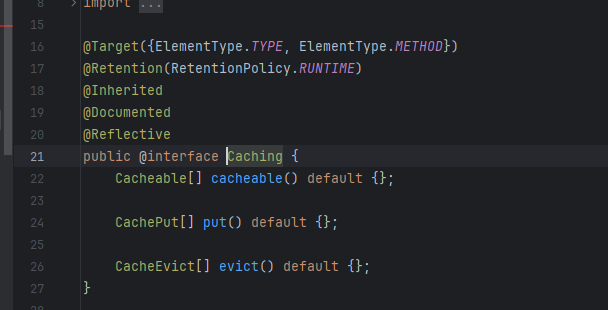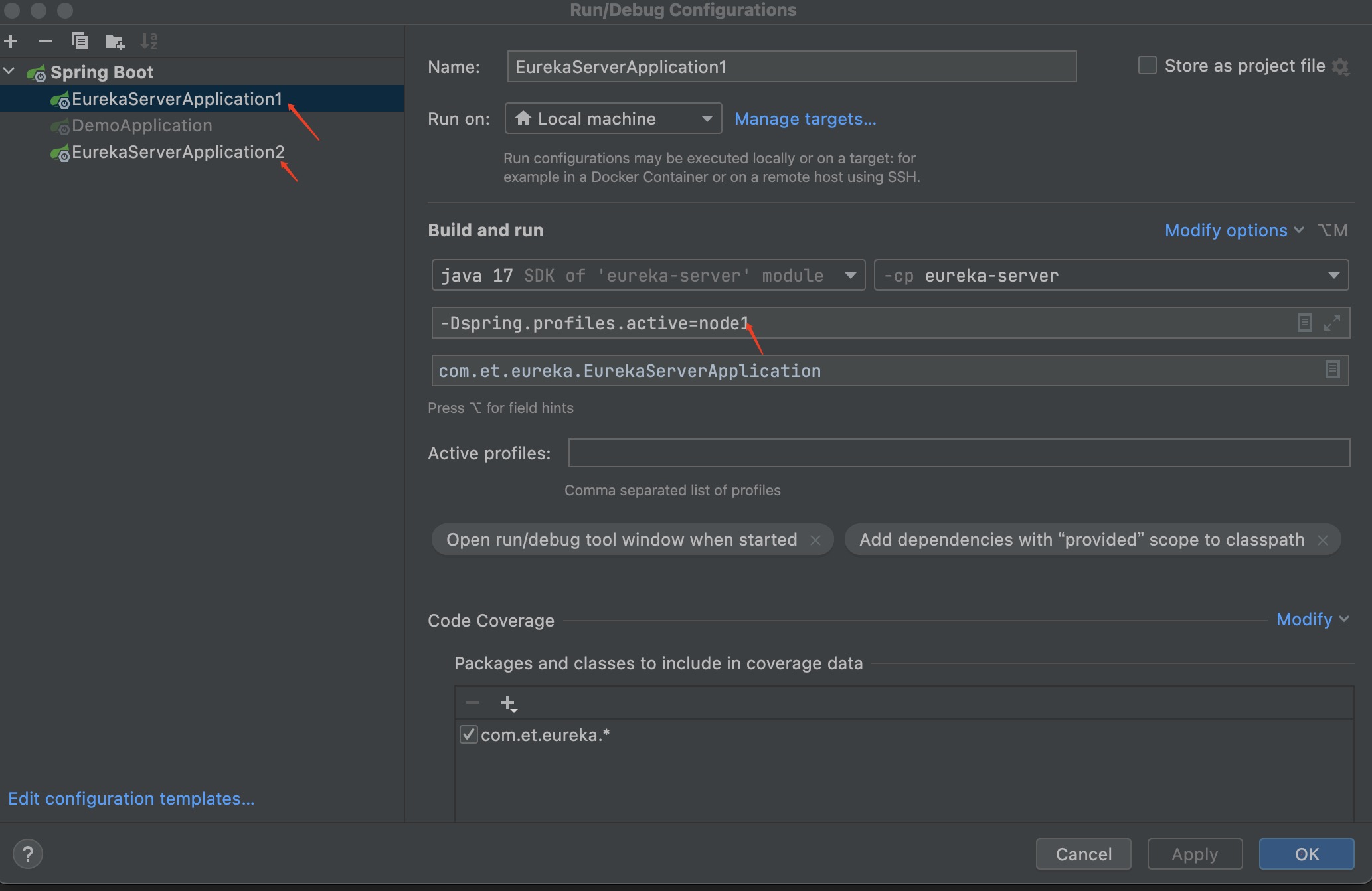在上期的socket套接字的使用详解中(socket套接字的使用详解)最后实现的TCP服务器只能处理一个客户端的请求发送,当有其他客户端请求连接时会被阻塞。为了能同时处理多个客户端的连接请求,本期使用多进程的方式来解决。
解决方案步骤总结
初始化服务器
- 创建监听套接字(
socket)。 - 绑定套接字到指定地址和端口(
bind)。 - 开始监听连接请求(
listen)。
- 创建监听套接字(
等待连接
- 进入一个无限循环,等待并接受客户端连接(
accept)。
- 进入一个无限循环,等待并接受客户端连接(
创建子进程
- 每当接受到一个新的客户端连接,创建一个子进程(
fork)。 - 子进程负责与客户端通信,处理请求并发送响应。
- 每当接受到一个新的客户端连接,创建一个子进程(
父进程继续监听
- 父进程关闭与客户端通信的套接字,继续监听新的连接请求。
处理子进程结束信号(可选)
- 注册信号处理函数,处理子进程结束信号,避免僵尸进程。
示例代码:
#include <stdio.h>
#include <stdlib.h>
#include <string.h>
#include <unistd.h>
#include <arpa/inet.h>
#include <netinet/in.h>
#include <sys/types.h>
#include <sys/socket.h>
#include <sys/wait.h>
#include <signal.h>
#include <ctype.h>
// 处理SIGCHLD信号,避免僵尸进程
void sigchld_handler(int signo) {
while (waitpid(-1, NULL, WNOHANG) > 0); //表示非阻塞地等待任意子进程终止。-1 表示等待任何子进程,NULL 表示不需要子进程的退出状态,WNOHANG 表示非阻塞。
}
// 处理客户端通信
void handle_client(int cfd) {
char buf[1024];
int n;
while ((n = read(cfd, buf, sizeof(buf))) > 0) {
for (int i = 0; i < n; i++) {
buf[i] = toupper(buf[i]);
}
write(cfd, buf, n);
}
close(cfd);
}
int main() {
// 创建监听套接字
int lfd = socket(AF_INET, SOCK_STREAM, 0);
if (lfd < 0) {
perror("socket error");
return -1;
}
// 绑定套接字
struct sockaddr_in serv;
bzero(&serv, sizeof(serv));
serv.sin_family = AF_INET;
serv.sin_port = htons(8888);
serv.sin_addr.s_addr = htonl(INADDR_ANY);
if (bind(lfd, (struct sockaddr *)&serv, sizeof(serv)) < 0) {
perror("bind error");
return -1;
}
// 监听连接请求
listen(lfd, 3);
// 设置SIGCHLD信号处理
struct sigaction sa;
sa.sa_handler = sigchld_handler;
sigemptyset(&sa.sa_mask); // 初始化信号屏蔽字为空。
sa.sa_flags = SA_RESTART; //设置信号处理之后自动重新启动被信号打断的系统调用。
if (sigaction(SIGCHLD, &sa, NULL) < 0) {
perror("sigaction error");
return -1;
}
while (1) {
struct sockaddr_in client;
socklen_t len = sizeof(client);
int cfd = accept(lfd, (struct sockaddr *)&client, &len);
if (cfd < 0) {
perror("accept error");
continue;
}
// 打印客户端连接信息
char sIP[16];
memset(sIP, 0x00, sizeof(sIP));
printf("Client connected: IP [%s], PORT [%d]\n", inet_ntop(AF_INET, &client.sin_addr.s_addr, sIP, sizeof(sIP)), ntohs(client.sin_port));
pid_t pid = fork();
if (pid == 0) { // 子进程
close(lfd); // 子进程关闭监听套接字
handle_client(cfd); // 处理客户端通信
printf("Client disconnected: IP [%s], PORT [%d]\n", inet_ntop(AF_INET, &client.sin_addr.s_addr, sIP, sizeof(sIP)), ntohs(client.sin_port));
exit(0); // 子进程处理完成后退出
} else if (pid > 0) { // 父进程
close(cfd); // 父进程关闭与客户端通信的套接字
} else {
perror("fork error");
close(cfd);
}
}
close(lfd);
return 0;
}
客户端:
#include <stdio.h>
#include <stdlib.h>
#include <string.h>
#include <unistd.h>
#include <arpa/inet.h>
#include <sys/socket.h>
#define PORT 8888
#define BUFFER_SIZE 1024
#define SERVER_IP "127.0.0.1"
int main() {
int sock = 0, valread;
struct sockaddr_in serv_addr;
char buffer[BUFFER_SIZE] = {0};
char input_buffer[BUFFER_SIZE] = {0};
char *hello = "Hello from client";
int opt = 1;
// 创建 TCP 套接字
if ((sock = socket(AF_INET, SOCK_STREAM, 0)) < 0) {
perror("socket creation failed");
return -1;
}
// 设置服务器地址结构
serv_addr.sin_family = AF_INET;
serv_addr.sin_port = htons(PORT);
// 将 IPv4 地址从文本转换为二进制形式
if (inet_pton(AF_INET, SERVER_IP, &serv_addr.sin_addr) <= 0) {
perror("Invalid address/ Address not supported");
return -1;
}
// 连接服务器
if (connect(sock, (struct sockaddr *)&serv_addr, sizeof(serv_addr)) < 0) {
perror("Connection Failed");
return -1;
}
printf("Connected to server\n");
// 循环发送消息并接收响应
while (1) {
printf("Enter message to send (or 'exit' to quit): ");
fgets(input_buffer, BUFFER_SIZE, stdin);
// 去掉输入的换行符
input_buffer[strcspn(input_buffer, "\n")] = 0;
// 如果输入是 'exit',则退出循环
if (strcmp(input_buffer, "exit") == 0) {
break;
}
// 发送消息给服务器
send(sock, input_buffer, strlen(input_buffer), 0);
printf("Message sent to server: %s\n", input_buffer);
// 接收服务器的响应
valread = read(sock, buffer, BUFFER_SIZE);
printf("Server response: %s\n", buffer);
memset(buffer, 0, sizeof(buffer));
}
close(sock);
return 0;
}






























![[京东一面]如何用 Redis 统计用户访问量?](https://i-blog.csdnimg.cn/direct/a2bbd7debab44a9c9338fedf4ab316b8.png)









